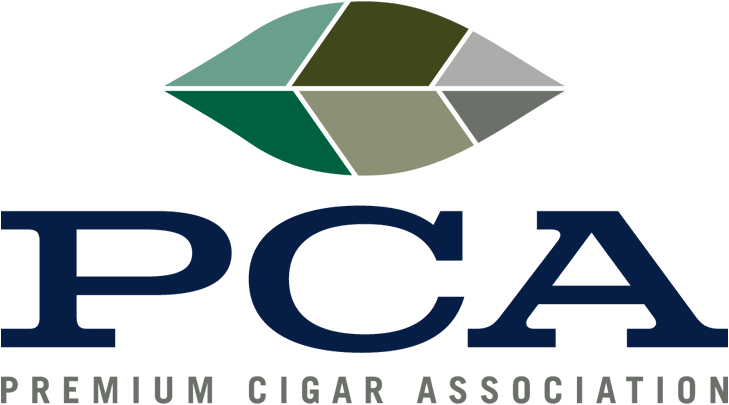First, less than two months ago, staff at the University of North Carolina at Chapel Hill (UNC-Chapel Hill) Tobacco Prevention and Evaluation Program released a “report” attacking the enjoyment of a cigar on a golf course [read more here]. Now, they are rehashing the age-old debate about graphic warning labels. Once again, their approach and conclusions are misguided and flawed.
The paper the program generated, “Effective Images for Cigar Health Warning Labels,” states that “little research has been conducted on the effectiveness of health warning labels for cigars specifically.”
Yet, with the issuance of the draft and final rule by the U.S. Food & Drug Administration between 2014-2016 in their initial attempt to regulate the industry, the agency proposed warning labels for cigar packaging. And not just a warning label. They proposed that cigar boxes be compelled to have warning labels on the front, top, and inside! UNC-Chapel Hill seeks to justify this (new) proposal based upon “known health risks,” despite the fact that what is “known” is that premium cigars have a statistically insignificant impact on public health, especially in the areas of traditional concern – inhalation, addiction, and mortality.
When the industry challenged the agency’s approach to warning labels in federal court, the industry’s lead litigator stated that it would force cigar packaging to become “a billboard for government speech.” During this process, we learned that preventing “compelled speech” under the First Amendment is just as important as protecting freedom of speech.
Fortunately, on February 3, 2020, a federal court agreed, stating that the “FDA failed to articulate a reasoned basis for requiring warning labels for premium cigars.”
But that, apparently, isn’t good enough for the UNC-Chapel Hill research staff. They are now touting that cigars need the proverbial European-style graphic warning labels depicting diseased organs and visions of people clasping their chests, simulating a heart attack, to be effective. The UNC-Chapel Hill staff state that such an approach “could significantly improve warning effectiveness.” Could, they say. The UNC-Chapel Hill staff stated, “Current warning labels for cigars are often small and text only.” We have a news flash for UNC-Chapel Hill: the court has spoken, and there are no such warning labels.
However, that doesn’t stop the UNC-Chapel Hill staff from proclaiming that their study “represents a significant step forward in tobacco control and underscores the importance of evidence-based approaches in public health.” They base this “evidence” on a survey of 753 adults.
By the end of the day, I could generate a study of 5,753 adults who disagree.
– This article was contributed by the PCA Government Affairs team.
